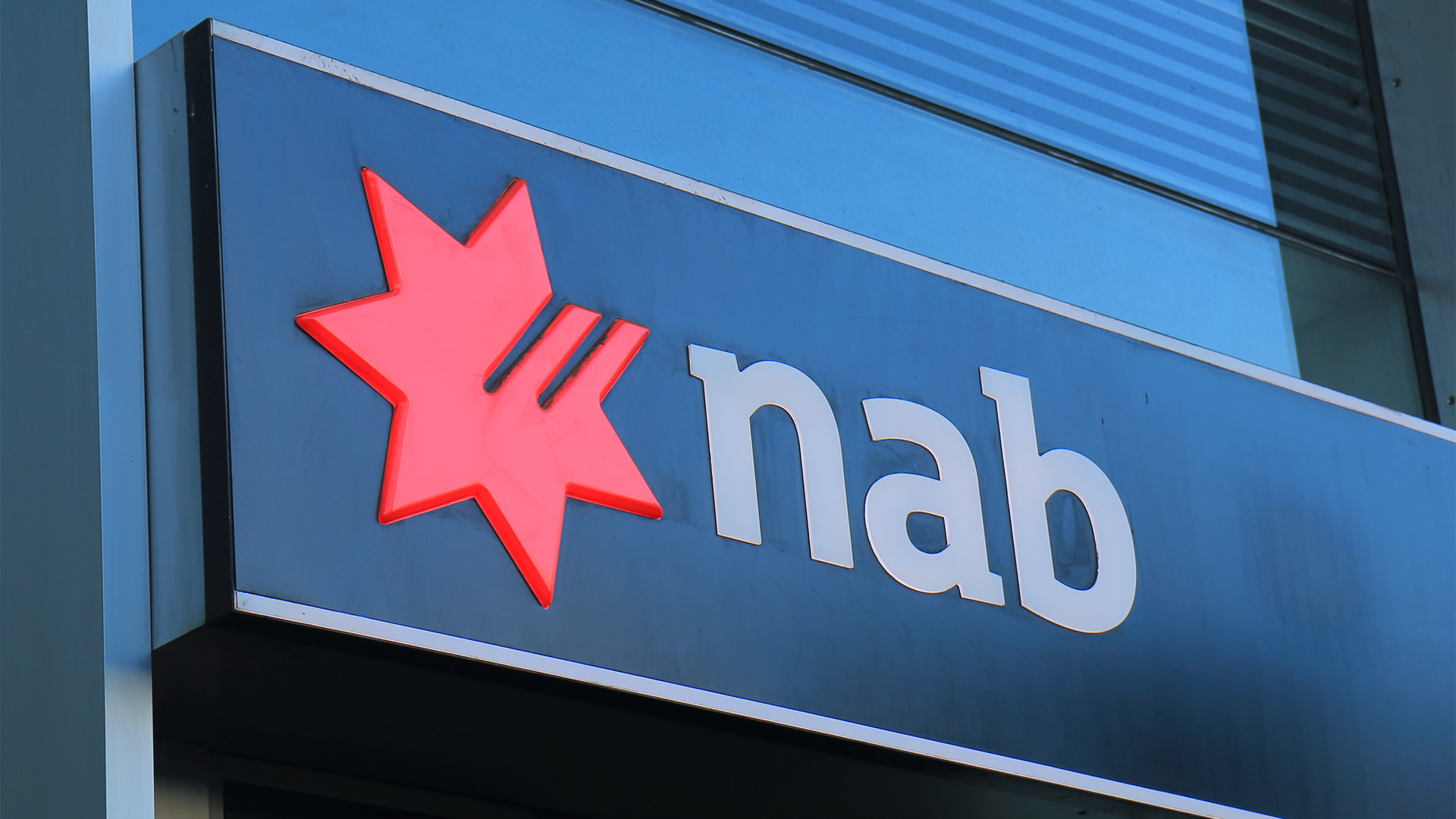There are a growing number of gold bears emerging from hibernation.
If we believe that despite the slowing US economy, the rest of the world will escape damage, especially Europe avoiding financial catastrophe (well, for the time being anyway), then what next for gold?
The French-owned but London-based Nataxis commodity broker is one bear, and so is the respected UK economist, Julian Jessop.

He reckons the gold market will require a large shock for prices to be driven significantly higher – and the metal is more likely to see a continued decline.
Julian Jessop is chief international economist at Capital Economics and he said this week that the current gold price includes a large premium for its status as a refuge from economic and financial uncertainty – and looks expensive compared with other havens.
“Gold prices already reflect a substantial degree of risk aversion, perhaps even more than that built into US government bonds,” he said last week. “Prices also look high when plotted against the level of the dollar.
“The combination of a strong dollar and even higher gold prices means the metal is extremely expensive in many other major currencies.”
Mr Jessop reckons that a significant fresh shock would be needed to propel prices much higher.
“Admittedly, it is not difficult to think of candidates for just such a shock, including the threat of a eurozone break-up, doubts about the creditworthiness of a major country such as the US or Japan, or the risk of a trade war between China and the west,” he said in London media reports.
“These lingering risks suggest the downside for gold is limited, but none of them are likely to come to a head over the remainder of this year.
“Accordingly, we continue to expect gold to drop back to $1,000 an ounce by the end of 2010.”
And, Nataxis sees gold dropping to as low as $US1, 050 per ounce during the fourth quarter of this year and down by another $US100 an ounce in 2011.
Gold hit an all time high of $US1, 256 in June and the week before last touched the $US1, 160 level before bouncing.
It traded just under $US1200 overnight.
“We forecast a slide in prices in the third quarter, perhaps accelerating in the fourth quarter, with the market at some point this year approaching the $1,050/oz mark to give an annual average of $1,125/oz,” Nataxis said last week.
It sees the need for gold easing as the sovereign debt problem slowly becomes less of an issue, while another bearish factor is producer de-hedging.
It sees this de-hedging (a point raised by the World Gold Council and the consultancy, GFMS), “having averaged around 350 tonnes a year for the period 2006-09 is set to fall to trivial levels due to the much reduced scale of the outstanding hedge book”.
“With gold’s negative fundamentals being deep-seated, further weakness in 2011 could take the average price down as far as $950,” Nataxis said.
"We believe there is the potential for further weakness. With the increase in supply and suppression of fabrication demand at current high prices, this requires a constant stream of investment inflows to balance the market."
Nataxis forecasts silver to follow gold and slip to as low as $16 by the end of the fourth quarter. A more bullish base metals market in 2011 is expected to give some support to industrial silver demand, with an average price of $15.50 per ounce, Nataxis reported.
"In 2009, mined output rose by an estimated 6.5%, and we would expect this to rise further in 2010 and beyond.
"In combination with potential net selling from investors, higher mined output will lower the equilibrium price at which jewellery demand can balance the gold market.
"We forecast a slide in prices in the third quarter, perhaps accelerating in the fourth quarter, with the market at some point this year approaching the $1,050/oz mark to give an annual average of $1,125/oz.
"With gold’s negative fundamentals being deep-seated, further weakness in 2011 could take the average price down as far as $950," Nataxis forecast.
Meanwhile the Financial Times and other media outlets have reported some news that could be bullish for gold.
They say that China is looking to free-up its gold market by increasing the number of banks allowed to trade bullion internationally and announcing measures that will encourage development of gold-linked investment products, such as Exchange Traded Funds.
The paper said the move comes from the central bank, The People’s Bank of China.
Last year Chinese investors bought 73 tonnes of bullion, up from 18 tonnes in 2007.
The new policies are seen as likely to increase liquidity in the domestic gold market and spur the development of gold financial products.
China is the world’s largest gold producer and the second-largest consumer, after India, but its domestic market remains constrained by limited investment products.
The FT said however that the central bank, while hinting at changes in taxes on bullion, failed to endorse gold as an investment and to suggest it planned to increase the size of its bullion reserves.
China ignited a lot of speculation last year when it put a figure on the size of its official gold reserves of 1.054 tonnes, which was much larger than anyone had thought.













